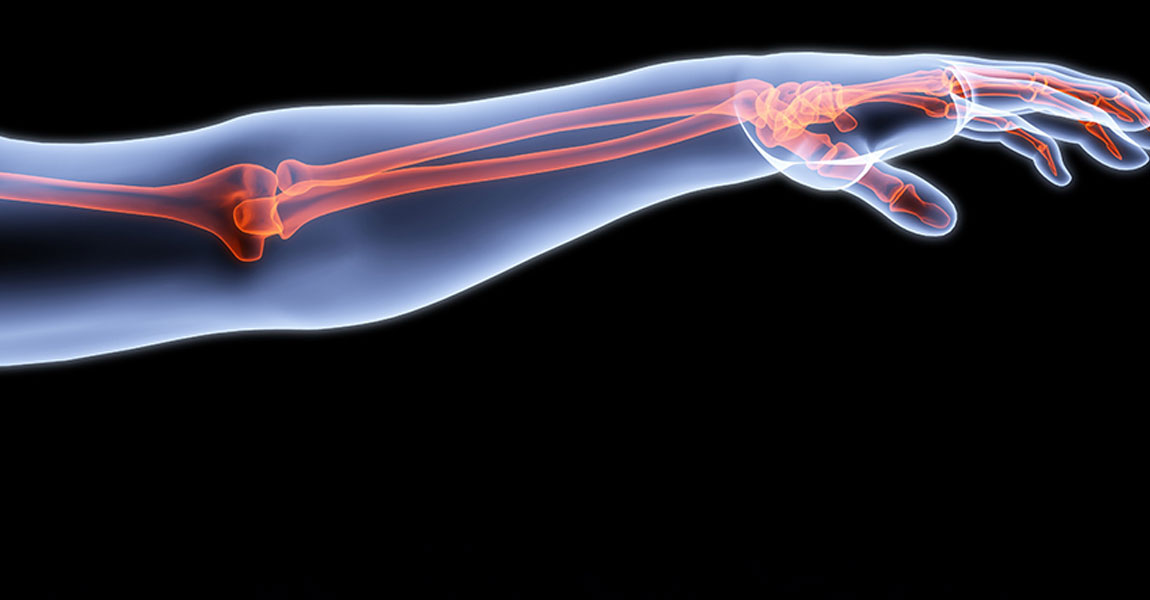
Osteoporosis occurs when the bone mass or the bone density in our body decreases. The bones become fragile and more likely to break. Broken bones occur typically in the hip, spine and wrist. Bone mineral Density (BMD) is an index that indicates the status of bone health and the risk to breakage of the bones.
Many factors will increase your risk of developing osteoporosis. The factors can be grouped into two categories: genetic and family factors and behavioral factors.
Regarding the genetic and family factors:- Asian people tend to have a higher risk for osteoporosis than European people. Women who have early menopause, have had their ovaries removed, those who are thin and have low body weight, all have higher risk for osteoporosis. If your mother has osteoporosis, there is higher chance that you will have osteoporosis than people in general.
Currently there are many methods for bone density measurement, such as the use of the standard X-ray equipment which can indicate the bone density to a certain level. The physicians will estimate the bone mineral density from the intensity of the x-ray exposure of the bone.
Another method is Dual-energy X-ray absorptiometry (DEXA) which uses two different X-ray beams to estimate the bone density. DEXA is the most accurate method for measuring BMD. It is also fast and uses very doses of radiation.
The Bone Mineral Density Test is useful for:
- Women who lack estrogen hormone, for example, from the removal of both ovaries, and are at risk for osteoporosis.
- Women who have early menopause.
- Those who have a family history of osteoporosis and fractures.
- Being a diagnostic tool for patients with bone abnormalities.
- Those who use steroids for a long period of time.
- The elderly or even those who are 45 years old and up, whose behavior puts them at risk for osteoporosis, for example, having sedentary lifestyle, eating low calcium food, smoking cigarettes, consuming alcohol and regularly drinking tea and coffee.
Osteoporosis can be prevented by regular exercise, taking food which contains calcium together with vitamin C and vitamin D to increase the absorption such as coffee, cigarettes and alcohol. These preventive measures should be practiced well before the age of the menopause so that they can be effective and can delay the occurrence of osteoporosis.



